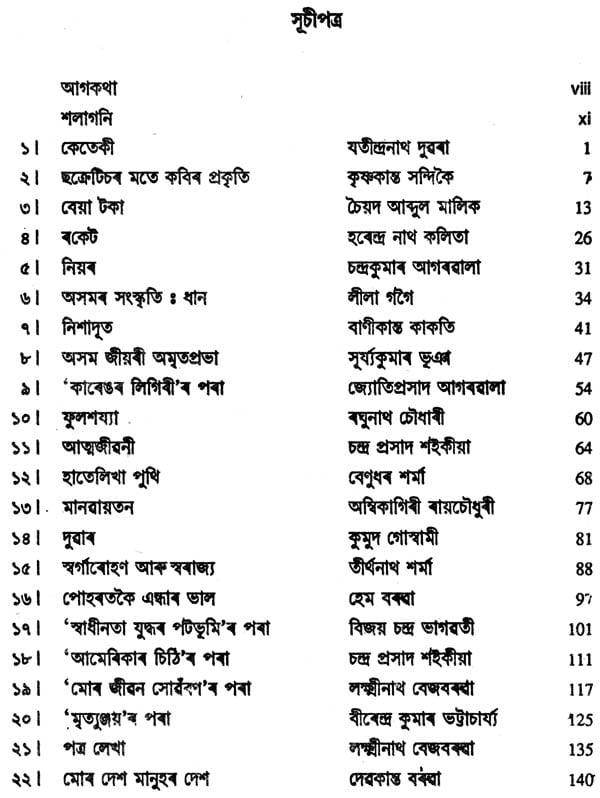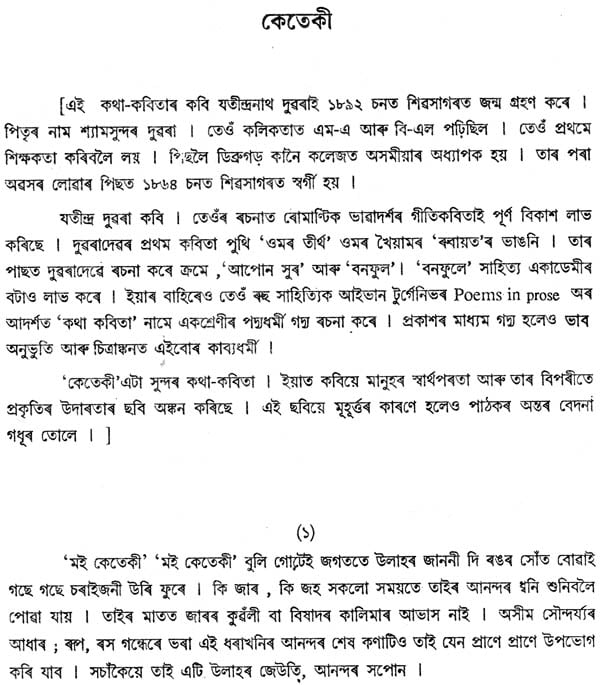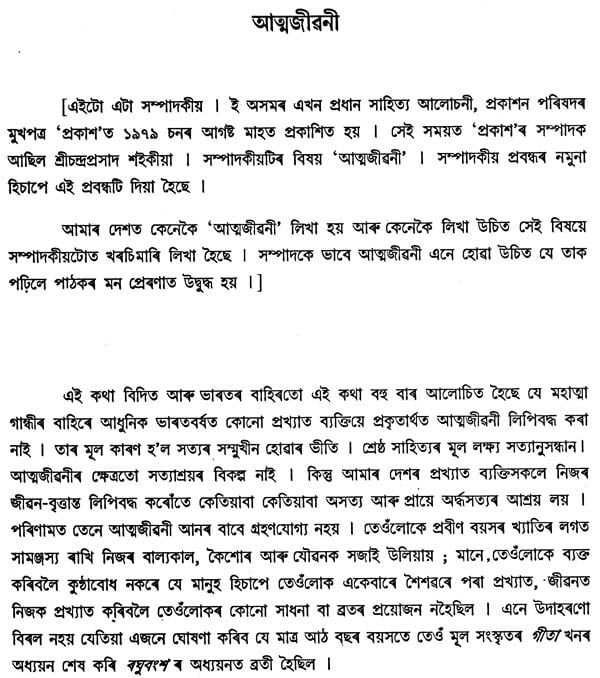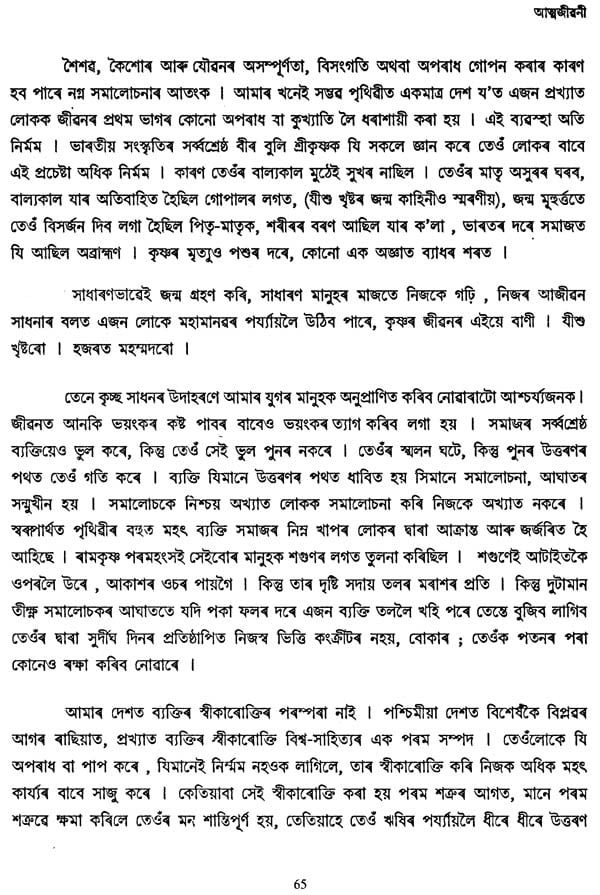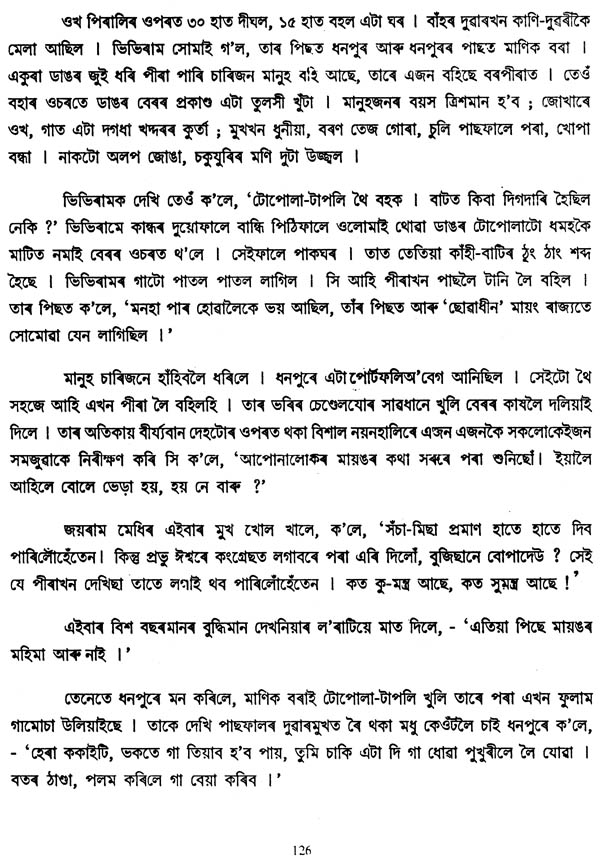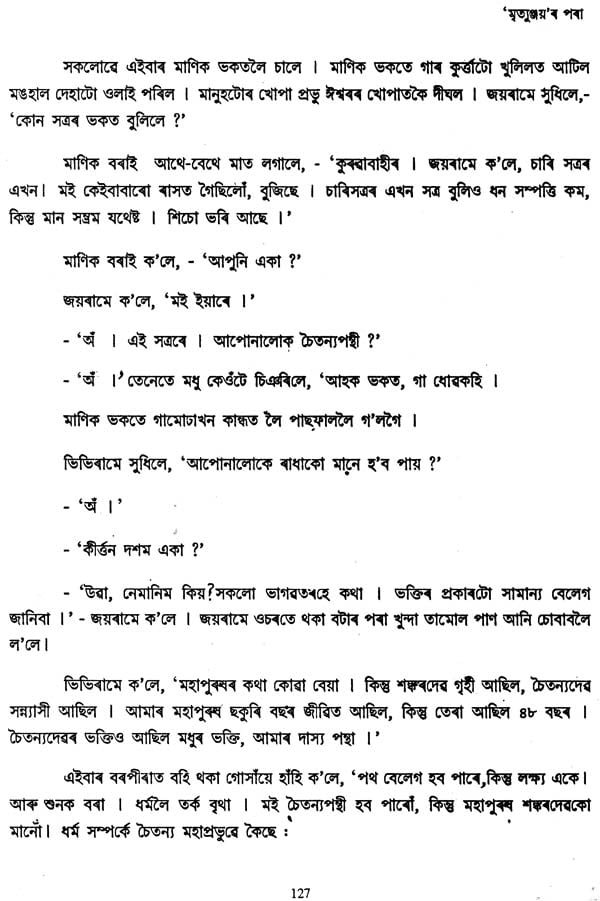
An Advanced Course Reader in Assamese
Book Specification
| Item Code: | MZF969 |
| Author: | Bhamati Devi |
| Publisher: | Central Institute Of Indian Languages, Mysore |
| Language: | Assamese |
| Edition: | 1996 |
| Pages: | 156 |
| Cover: | PAPERBACK |
| Other Details | 9.50 X 7.50 inch |
| Weight | 260 gm |
Book Description
The Central Institute of Indian Languages from its very inspection in 1965 has been working in theoretical and applied aspects of linguistics in its headquarters at Mysore and its seven Regional Language Centres in Mysore, Bhubaneshwar, Pune, Patiala, Solan, Lucknow, and Guwahati. The main function of the Regional Language Centres is to impart the in-service training graduate teachers in 13 major Indian languages other than their mother tongues with the expectation that the trained teachers should able to impart instruction in such languages learnt by them to school children under the scheme of implementation of three language formula. The task is tremendous in that, that it necessitates a very thorough and intensive training including language teaching methods, preparation of language instructional materials, techniques of evaluation and testing, and the like. In the fulfillment of this responsibility the Institute has been taking up the preparation and publication of a series of Phonetic Readers, Grammars and Dictionaries in the tribal languages and another series of second language teaching materials in 18 major Indian languages which include Script Books, Pictorial Glossarivs, Common Vocabularies, Phonetic Readers, Intensive Courses, Intermediate and Advanced Course Readers and school level language Primers. These books have been well received in India and abroad In view of its expertise, the Institute has been called upon by various state and central agencies to give courses and prepare text books for mother tongue learners. Thus, the Institute has already prepared a number of Primers in the tribal languages of the main land as well as of Andaman and Nicobar islands. Of iate, the Institute has taken up the preparation and publication of two innovative series of books such as Nursery Rhymes and Language Games in most of the Indian languages. The present book entitled ‘Bar Golenay Medhan)’ is 2 book of rhymes in Boro composed by a group of native writers under the supervision of Dr. P.N. Dutta Baruah, and it contains 66 rhymes. This in fact shall be the first publication of the Institute in Boro.
It may not be out of place to mention briefly the basic philosophy behind the preparation and publication of the series of the books on nursery rhymes in various Indian languages. As it is well-known, the child makes pre-linguistic noises before he/she utters linguistic sounds. He/she does scribbling before writing. Though singing is not speaking as drawing is not writing, it helps production of linguistic sounds including supra segmental ones like rhythm. Nursery rhymes come in between pre-linguistic babbles and acquisition of language. Practice with nursery rhymes is a preschool experience and exercise, and it prepares the child to be ready for schooling. The nursery rhymes are similar to pre-literacy skills of drawing £0 prepare the child for the school.
While there is growing children’s literature in Indian languages, much attention has not been paid to nursery rhymes. This gap is often filled by nursery rhymes in English particularly in urban middle class homes and this is encouraged in the English medium nursery schools. It is necessary for a child as part of her socialization process to experience and to learn sounds of her native language. This experience is the first step towards love for his/her language.
To counter the influence of the hotly sought English medium in the nursery and primary schools, it is very necessary to provide good nursery schools in Indian language media. This will be more effective than legal measures. Nursery rhymes in Indian languages will be an important component of such nursery schools.
With these ideas in mind, the Institute prepared nurse’ rhymes in various Indian languages including tribal languages through workshops in which creative writers and teachers of language and linguists participate. They have found it a rewarding experiences as we have.. With great enthusiasm and devotion, and concern for the child and for the language, they created literally hundreds of rhymes in these workshops. The entire collection will serve for a repertoire of resource books of rhymes in these workshops. The entire collection will serve as a repertoire Of resource book for the teachers and parents to draw from. We also expect that short selected books of rhymes with attractive visuals could be brought out to be placed in the hands of the children themselves. We also hope that audio cassettes will be prepared to accompany the printed book. We will be happy if these rhymes are sung in homes, in schools and in the streets. This will be a significant step for planting Indian languages in the young ‘minds for them to grow. We look forward to suggestions and comments from Boro Scholars and other educationists in this regard.
**Contents and Sample Pages**
